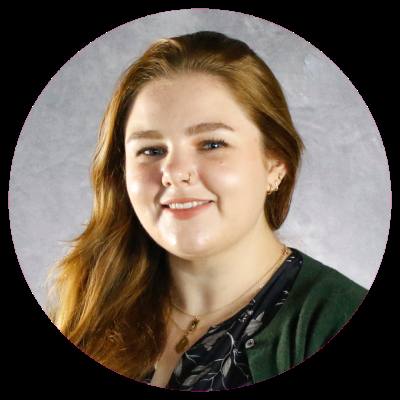Paul Lister, Hutto High School dyslexia specialist, has helped to organize a Veterans Day flyover each year for the past two decades, with the goal of bringing this part of U.S. history to life for students.
The flyover is paired with an on-campus opportunity for students to connect with local veterans and their history, organized by Junior ROTC instructors U.S. Air Force Maj. Timothy Karagias and retired Chief Master Sgt. Anna Collins, and funded by the Hutto Education Foundation.
Community Impact spoke with Lister about his time organizing and participating in the flyover as an active crew member on a World War II Marine B-25 bomber ahead of the 2023 flyover, which was delayed to Nov. 17 due to bad weather. This interview has been edited for length and clarity.
How did you get the idea to start organizing the flyover 20 years ago?
I started at Hutto High School as a dyslexia therapist and a year after the school wanted to do something for Veterans Day because of the higher-than-average military enlistment of students at Hutto, and the number of veterans that are in the community is also much higher than the surrounding communities—at least at the time. The principal at the time, Jean Smith, knew that I flew in air shows with a WWII bomber. She came to me and asked if we'd be willing to fly over the school and if I'd be willing to put together a Veterans Day program for the school.
What has it meant for you to be able to provide this kind of learning experience to students at Hutto High School?
What I am trying to accomplish is not to have Veterans Day be an arbitrary holiday where you get the day off, but a day for these students to actually learn and experience, using all of their senses, when they hear a squadron of WWII fighters and bombers fly over; when skydivers come down and land at the elementary schools with American flags; when they pick up and touch memorabilia, such as combat damaged helmets from the D-Day invasion; when they meet servicemen and women; and they discover something brand new that they never knew existed in history. It's right there, they can have a conversation.
What do you think offering this kind of demonstration provides for the community?
When we're flying over the surrounding community and see families outside in their backyard in their lawn chairs because they know we're coming, waving; we see big box stores, their employees and customers come outside and are waving; I think what it does is it connects the entire community together with a common cause.
What have you found to be particularly enjoyable about continuing this tradition?
The mission of remembering our veterans and bringing history to life is my overriding reason for doing these as well as the sense of pride it brings to the community. One of my favorite aspects is always immediately after the airshow, when we have a debrief with the pilots, crews and our honor flight passengers. We're honoring them in a ceremony, and then we fly our air show. But when we land, something magical happens in that debrief. We're all the same. It doesn't matter the age.






